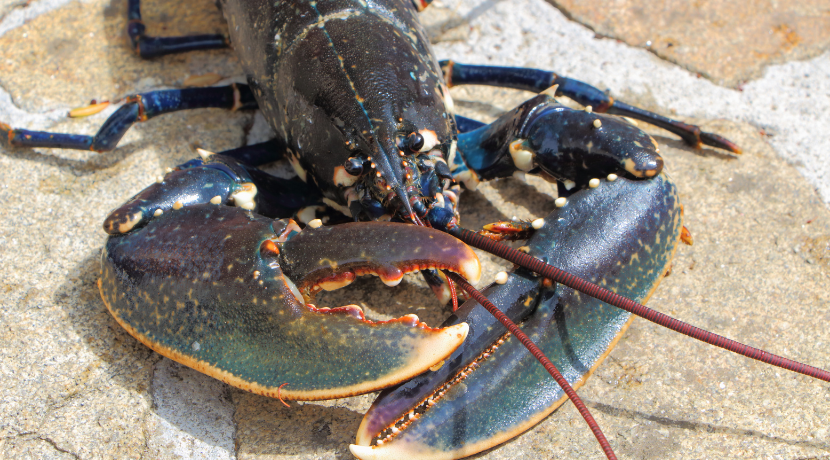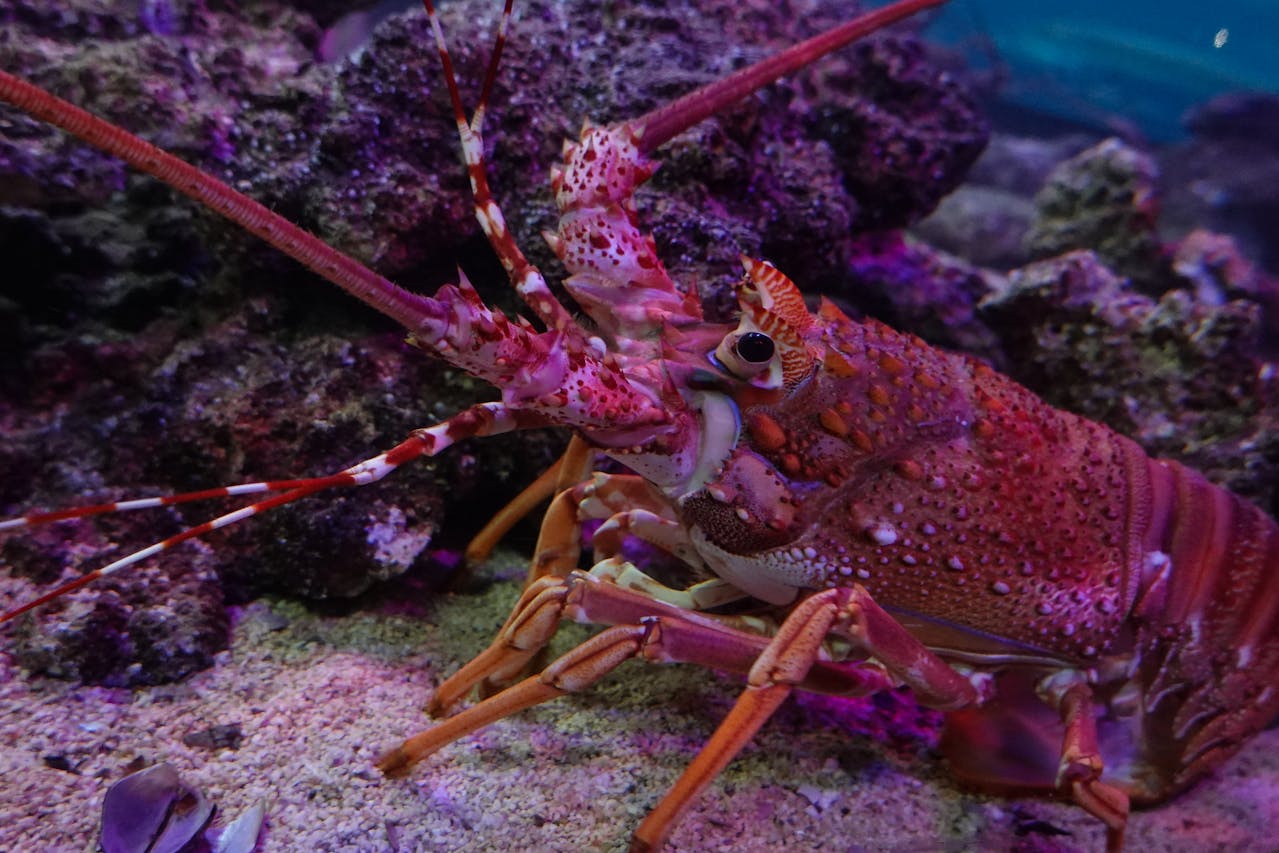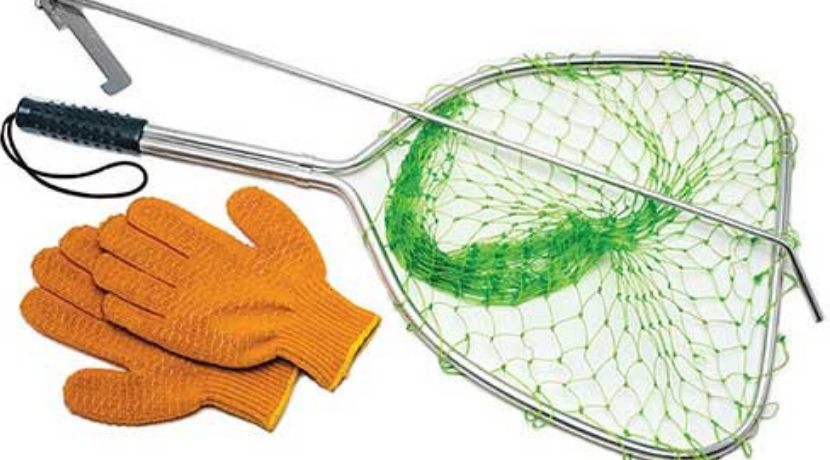There are few things as decadent as dining on lobster. The delicate, sweet meat is a true delicacy, and no visit to the Florida Keys is complete without sampling a perfectly cooked crustacean in a seafront restaurant.
If you’re visiting the Florida Keys in late July, you might be pleased to know that this is when the mini-season takes place where you can catch your very own lobsters!
Before you try your luck with lobster season in the Florida Keys, you’ll need to note a few things first. In this post, we’re sharing all there is to know about lobster season so you’re ready to catch, clean, cook, and eat your very own lobster dinner.






